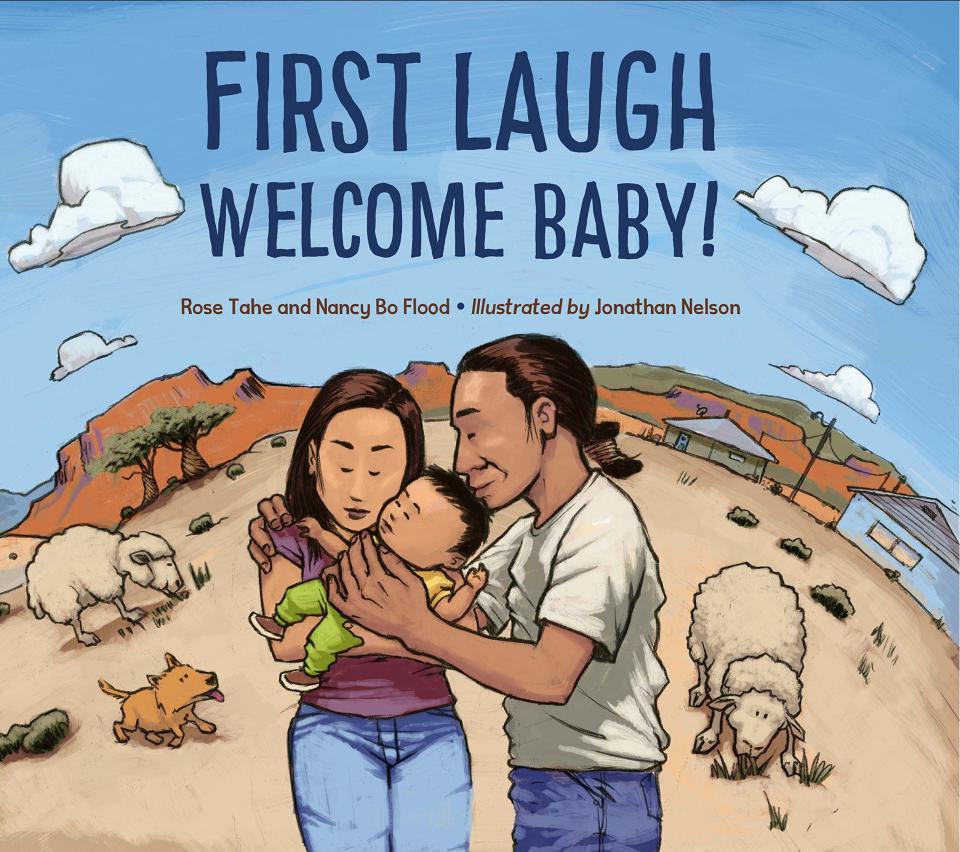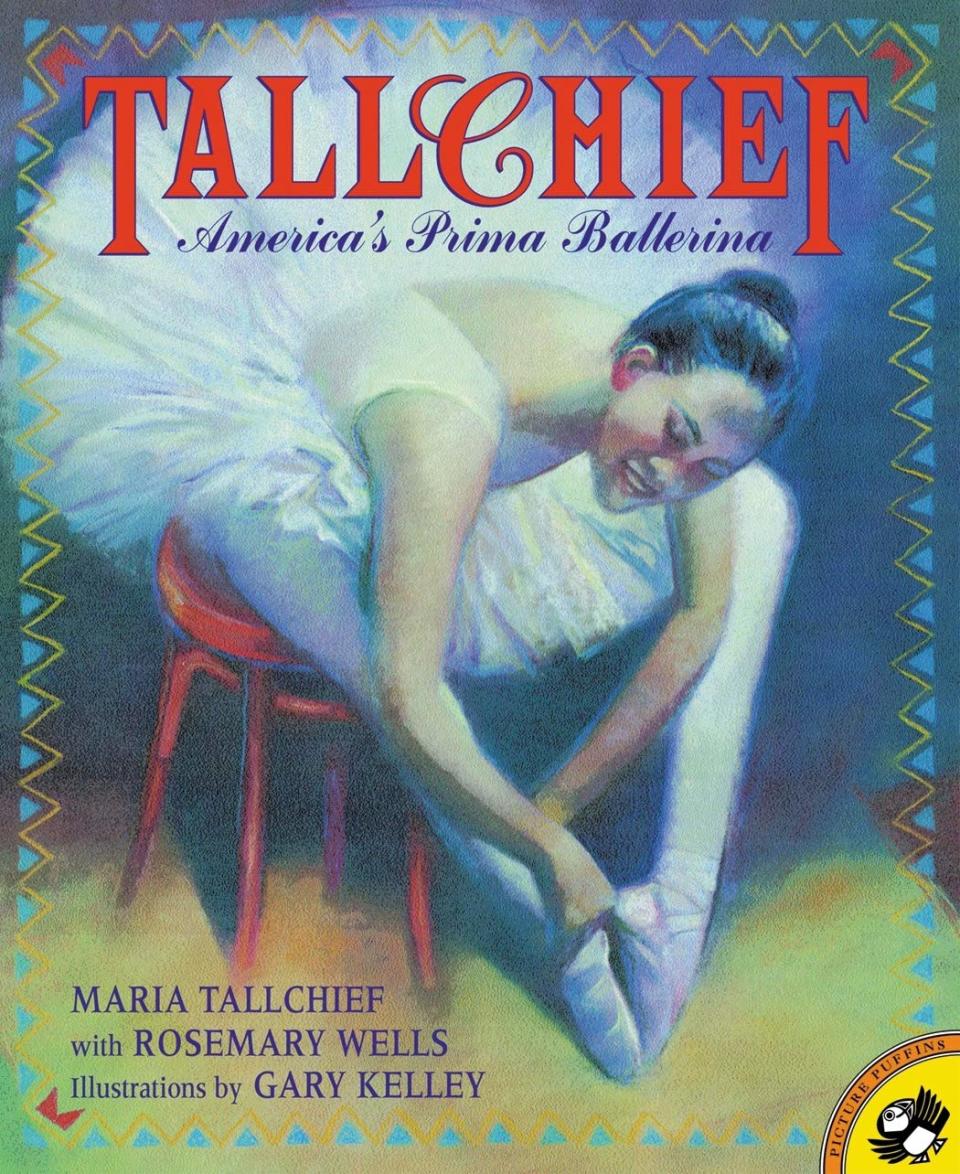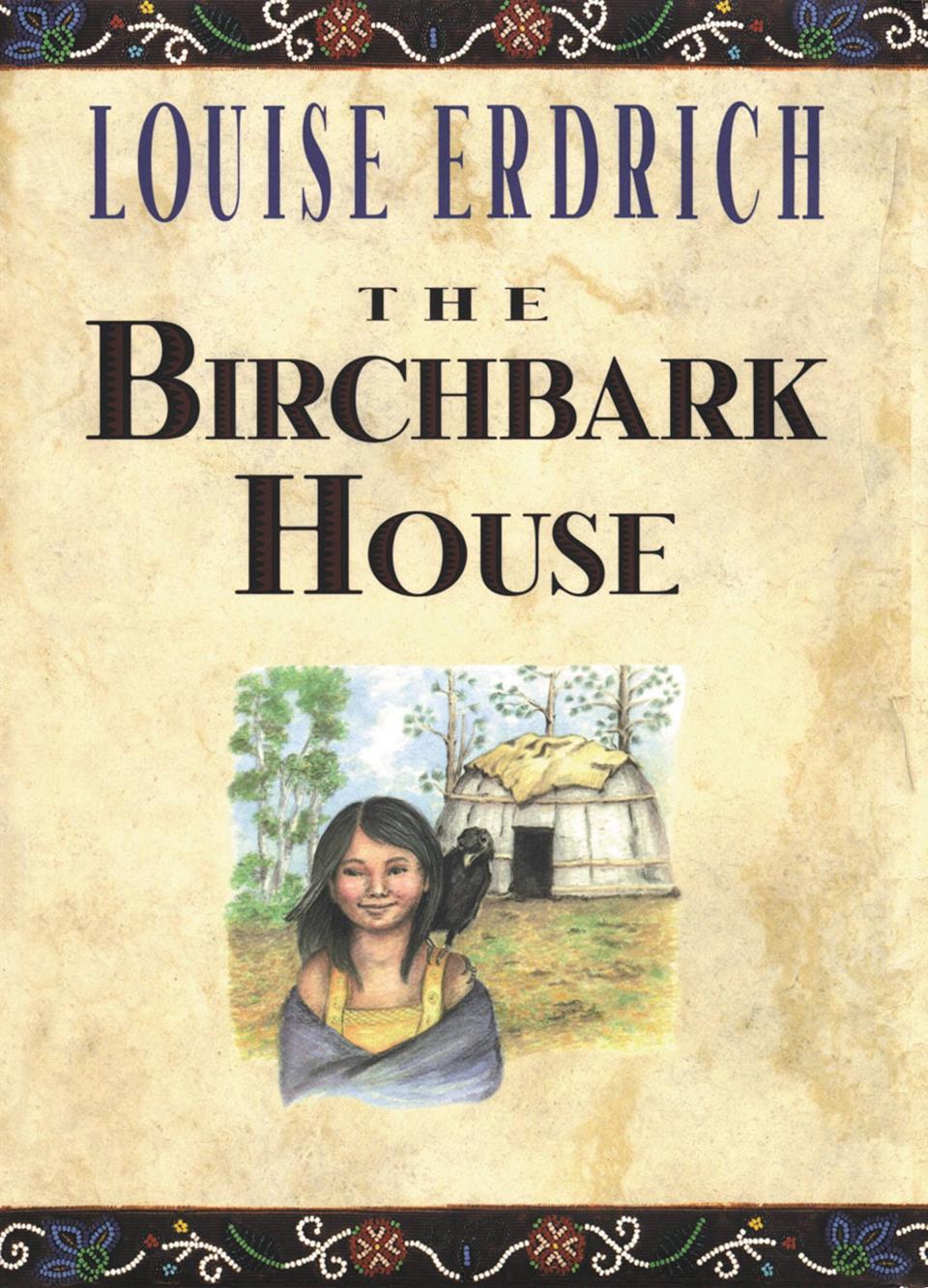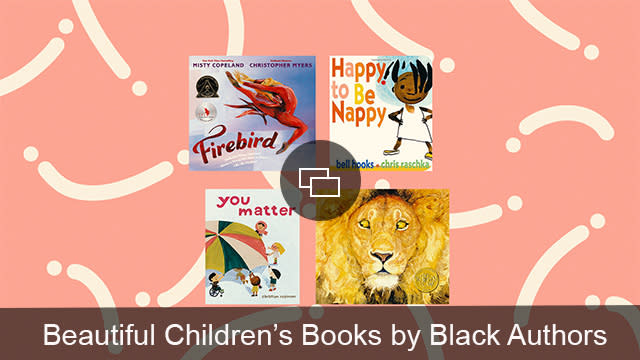How to Celebrate Indigenous Peoples' Day With Your Kids

On October 12, 1492, a sailor on Christopher Columbus’ crew spotted an island of what is now the Bahamas. On this we can agree. Everything else about what some call Columbus Day, some call Dia de la Raza, and some call Indigenous Peoples’ Day, is up for debate. As parents, we like to call that a teaching moment — especially if, like me, you find yourself with your children at home for it this year.
Much to the chagrin of certain politicians, our children today no longer learn about European explorers “discovering” the Americas the way some of us once did. But American education, like American culture, has some work to do when it comes to telling the full history of what European settlers — and then white Americans — have done to the original inhabitants of this land and their descendants. It’s a horrible history that isn’t all completely appropriate for young children, so maybe it will never quite fit neatly into a school curriculum (not that they shouldn’t try!). So for now, it’s up to us to supplement that education. And what better day to do so than on this divisive “holiday”?
More from SheKnows
(A rather obvious note here for any Native / Indigenous folks reading this: You know better than I do how to speak of your people’s history. If you want to share with us how you’re doing so, drop your thoughts in the comments!)
We’re not suggesting that you can sit down and tell your children the entire history of a vastly diverse ethnic group in a single day off from school. But if you do just one thing, it can be the beginning of an ongoing conversation. Here are just some of the ways you can teach your children about what happened in the aftermath of Columbus sailing the ocean blue:
1. Learn whose land you’re on.
Click here to read the full article.
Take a look at some maps that lay out where tribes lived in the 1700s, and where they are now. This map, created by Aaron Carapella, has the names of the tribes and their locations. You can buy your own at his site, TribalNationsMaps.com.
Watch this heartbreaking illustration of how the country seized tribal lands over the course of 300 years:
2. Examine artifacts.
Browse exhibits at the National Museum of the American Indian. Look at artifacts from long ago, and read stories of today’s First Nations people too. Tune in for live-streamed events from the museum, too.
3. Enjoy a powwow from afar.
These are gorgeous gatherings of music, dance, competition, and prayer.
4. Take a peek at some teacher-made curricula for Indigenous Peoples’ Day.
The site Teachers Pay Teachers is full of digital and printable workbooks, lessons, and activities made by teachers for each other. There are many parents will find useful too.
5. Get older kids to delve into the Columbus Day vs. Indigenous Peoples’ Day debate.
The Anti-Defamation League put this downloadable lesson plan together, complete with examples of the proclamations that established both holidays in various locations.
6. Watch some Native American teenagers speak the truth.
In this video by Teen Vogue, girls dispel the myths and stereotypes they hear all the time about Native Americans. It’s a great way to show viewers of all ages why all that Pocahontas and Redskins garbage is offensive.
7. Brace yourselves to discuss the Trail of Tears.
In one of the ugliest chapters of American history, the Indian Removal Act forced 18,000 Cherokee people from their land in Georgia. As they walked from their homeland to Oklahoma in 1838, 4,000 died along the way. PBS’ American Experience tells the tragic story and has some resources for teaching about it.
8. Eat traditional Native American food vicariously through Padma Lakshmi.
While all the other delicious episodes of Lakshmi’s Hulu series Taste the Nation feature immigrants and their food, we highly recommend watching episode 7, when she travels to Arizona to eat the traditional foods of the land’s original inhabitants — including pack rat!
9. Read books that don’t just “otherize” Native Americans and leave them in some romantic past.
Here are just a few recommendations for different age groups.
First Laugh – Welcome Baby!, by Rose Ann Tahe and Nancy Bo Flood

The Navajo have a special ceremony to commemorate babies’ first laughs, but this baby is making his family work for it. (Ages 2-5.)
First Laugh
Tallchief: America’s Prima Ballerina, by Maria Tallchief

Maria Tallchief grew up on an Osage Indian reservation and went on to make history on the dance stage. (Ages 5-8.)
Tallchief
The Birchbark House, by Louise Erdrich

This is an answer of sorts to Little House on the Prairie, telling the story of a young Ojibwe girl who lives on an island in Lake Superior in 1847. (Ages 8-12.)
The Birchbark House
Our mission at SheKnows is to empower and inspire women, and we only feature products we think you’ll love as much as we do. Please note that if you purchase something by clicking on a link within this story, we may receive a small commission of the sale.
You can also enjoy sharing these beautiful books by Black authors with your kids.
Best of SheKnows
10 Middle-Grade Books That Might Actually Entice Your Kid to Read
It's Never Too Early to Snag Matching Family Holiday PJs — & New Collections Are Dropping Daily
Sign up for SheKnows' Newsletter.
For the latest news, follow us on Facebook, Twitter, and Instagram.

